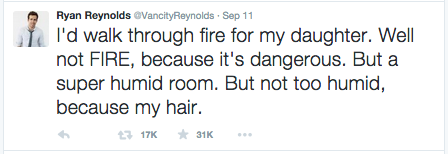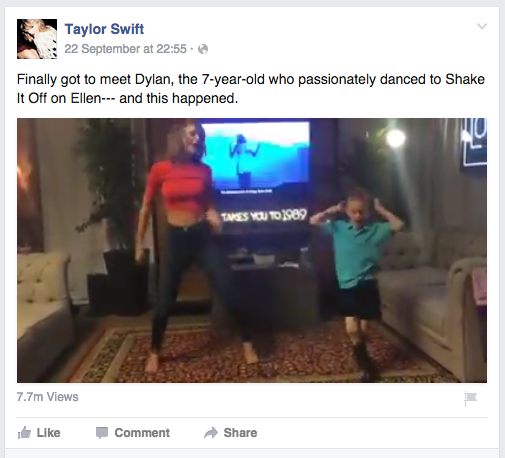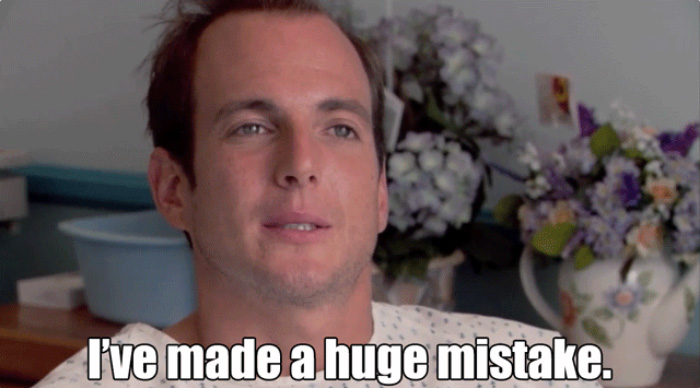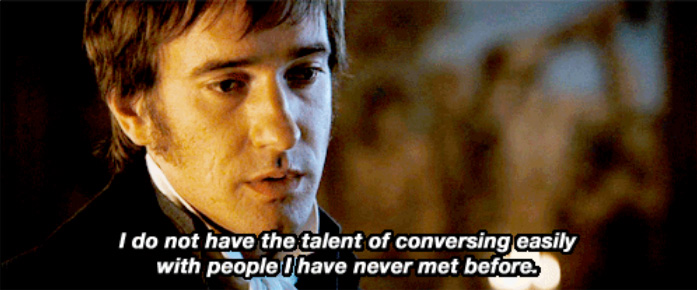You might think gangster rap and the PR industry have little to do with each other, but if Straight Outta Compton has taught me anything, it’s that with the right attitude, you can do anything you want.
(You know, like creating the above photo to accompany this blog…)
The long-awaited biopic about N.W.A (Ni**az Wit Attitude) only hit Singapore screens earlier this month (thanks to The Projector for making it happen!). When news broke that we would, in fact, be able to see this movie locally, me and Mutant’s resident hiphop head, Rebecca, aka The Erratic Conquerer, were preeeeeetty excited.
Overall, it was a decent bio; a little predictable, and evidently biased as both Ice Cube and Dr. Dre – two of the founding members of N.W.A – were producers of the movie.
For those of you who aren’t familiar with the subject matter, Straight Outta Compton is a movie about the iconic and game-changing gangster rap group N.W.A, who forever changed the face of the music scene with their album of the same name. Emerging from the ghettos in the 1980s, the main characters of the show – MCs Eazy E, Ice Cube and producer Dr. Dre – were a trinity of messiahs who got together in Compton, California. They were later joined by DJ Yella and MC Ren, to form the original members of N.W.A (they left Arabian Prince out, but more on that here).
At the peak of their fame, still thriving on unadulterated talent and raw passion, music – the common thread that bound them together – also became the catalyst to tear them apart. It was a spectacle of industry debauchery, political dissent and raw emotions conveyed through poetry and spoken word.
Caught in the manipulative web of the music industry, it was a combination of intuition, street smarts and personal ethics that most of the characters possessed. Each had different beliefs, but stood so strongly by them right or wrong.
Call me crazy, but there were a few messages I took away from this biopic that I think we can all apply to a professional career in PR.
In the movie, Compton is a figurative (and oftentimes literal) battlefield that is the working industry, and it’s all about rising from the ashes to become the best you can be.
Beware of spoilers ahead!
1. Eazy-E: [doing a rap song] “Cruising down the street in my ’64…”
Dr. Dre: “That was dope, E. That s**t was dope, man!”
Stuck in a creative rut and under pressure from his crew, Eazy E was forced to come forth to record a track in the studio – with no prior experience in rap. It was afterall, a business. His business, with his own money invested in the record label – that was strong enough of an encouragement to take the leap and do it.
Boyz-n-the-hood ended up a being single on the label’s debut, Eazy-Duz-It, which charted on two different charts and went 2x Platinum in the United States.
Lesson: It is all about taking risks and challenging yourself. Get in front of the microphone, get out there and don’t be afraid of trying out new things, and make lots of money.
2. Ice Cube: “Speak a little truth and people lose their minds.”
…which is why most people tend to lie and get away with it. It’s easier to deal with.
Have you ever avoided speaking your mind, often biting the bullet to a client’s unreasonable requests, only to kick yourself about your lack of judgement later? Sometimes, we become too much of a pushover that we forget standing up for our own principals, clients, colleagues or otherwise.
It can also stop us from remember that we are the experts. Your clients might have very set ideas on what they want, but you are the professional they are paying to tell them if you think that’s a bad idea, and why.
Lesson: It is important to listen, please and deliver, but also to be fair to both yourself and the client by sharing some sound advice. You will be surprised how people will react and appreciate your honesty.
3. Ice Cube: “ I ain’t mad – you’re just doing your job. I’m a journalist just like you.”
This was Ice Cube’s comeback to a journalist’s futile attempt to pull a fast one with a question. It must come with being a wordsmith, but Ice Cube is incredibly charming, eloquent and, in an absurd way, a media trainer’s dream.
He carries himself incredibly well and is always prepared even for the toughest questions. He’s a little blunt in his approach, but always confident and coherent.
Lesson: It’s good to prepare yourself before an interview by doing a bit of research on the media, the writer or presenter, and think about questions you could be asked and expected to answer. It’s easy to get intimidated by bright lights and camera, but a little bravado sometimes goes a long way. You are in front of the camera for a good reason – give them something to talk about!
4. Jerry Heller: “Let me tell you what I see here: a lot of raw talent. Swagger. Bravado. People are scared of you guys. They think you’re dangerous, but the world needs to hear it.”
Music Manager Jerry Heller’s character is a little ambiguous, and his relationship with the group at the end of the show left little to be desired. But he’s a businessman – an incredible one who took risks and chances at managing nascent rap groups and bands.
Lesson: This is an intuitive one, where you listen to your gut feeling, which might sometimes pull you away from doing the ‘right thing’. Trust your instincts but don’t be impulsive. It’s a delicate balance, but teaching yourself when to listen to your head versus your heart is an important skill in the land of PR.
5. Ice Cube: [Smashing up the office] “You should’ve kept the word, Bryan.”
In this scene, Ice Cube is demanding his cheque for his work. When he wasn’t paid, he went crazy with a baseball bat in his manager’s office.
Lesson: Pay your clients, bills and employees on time.
Interested in chatting further about how a public relations campaign could help grow your business or event? Get in touch with us at [email protected]








